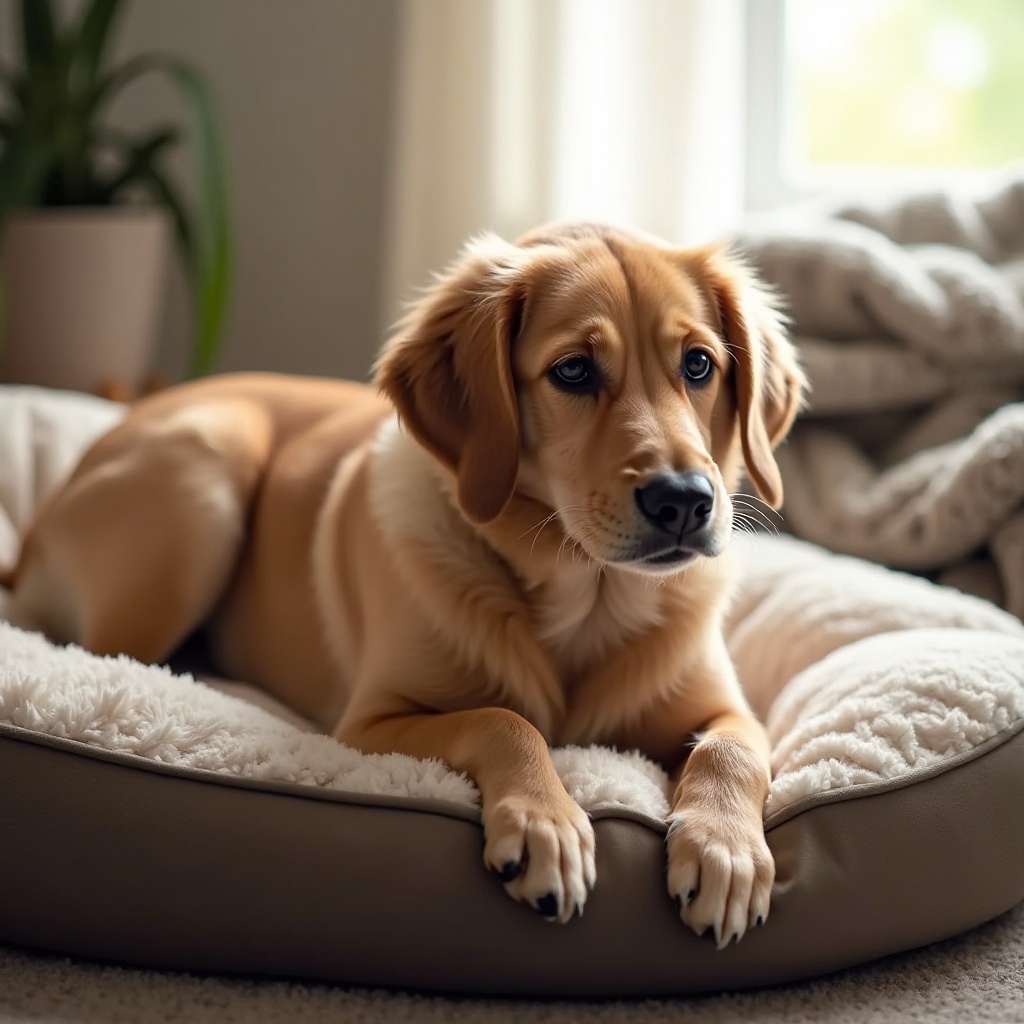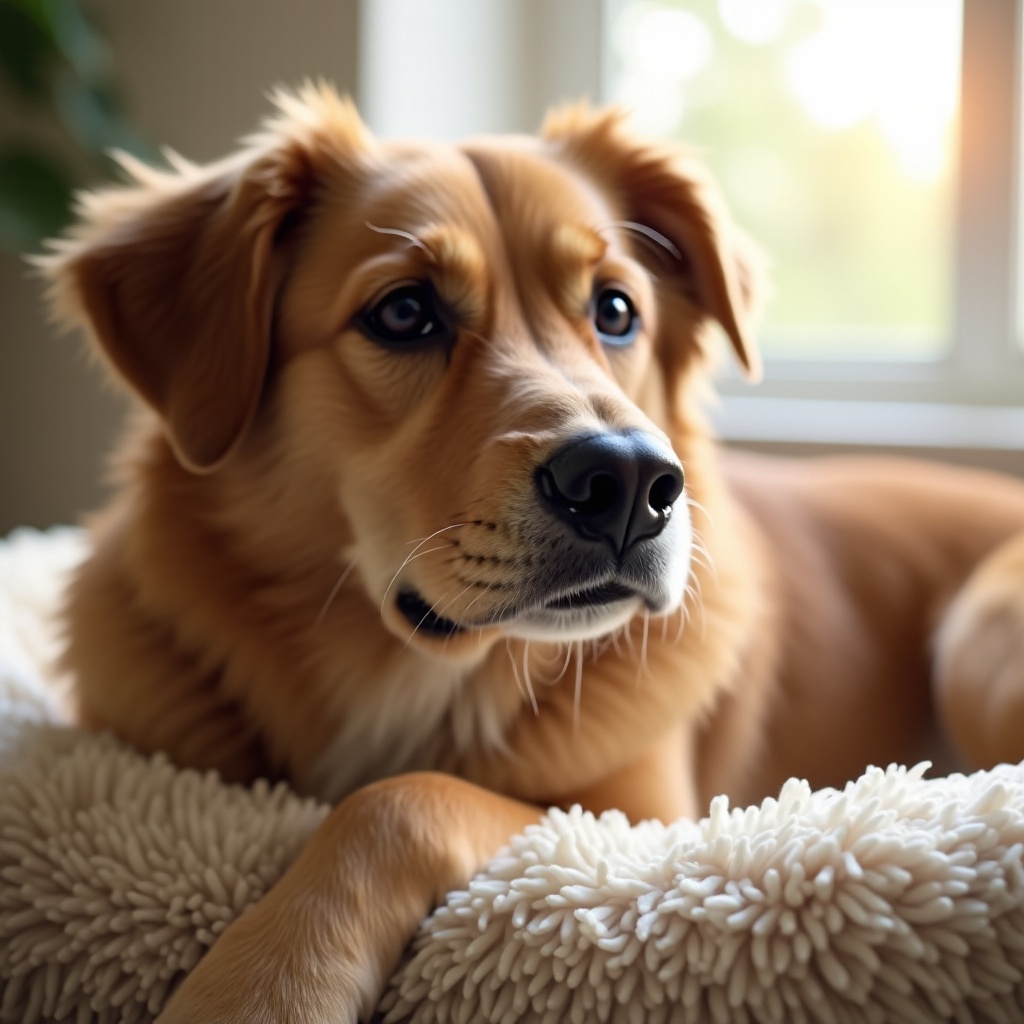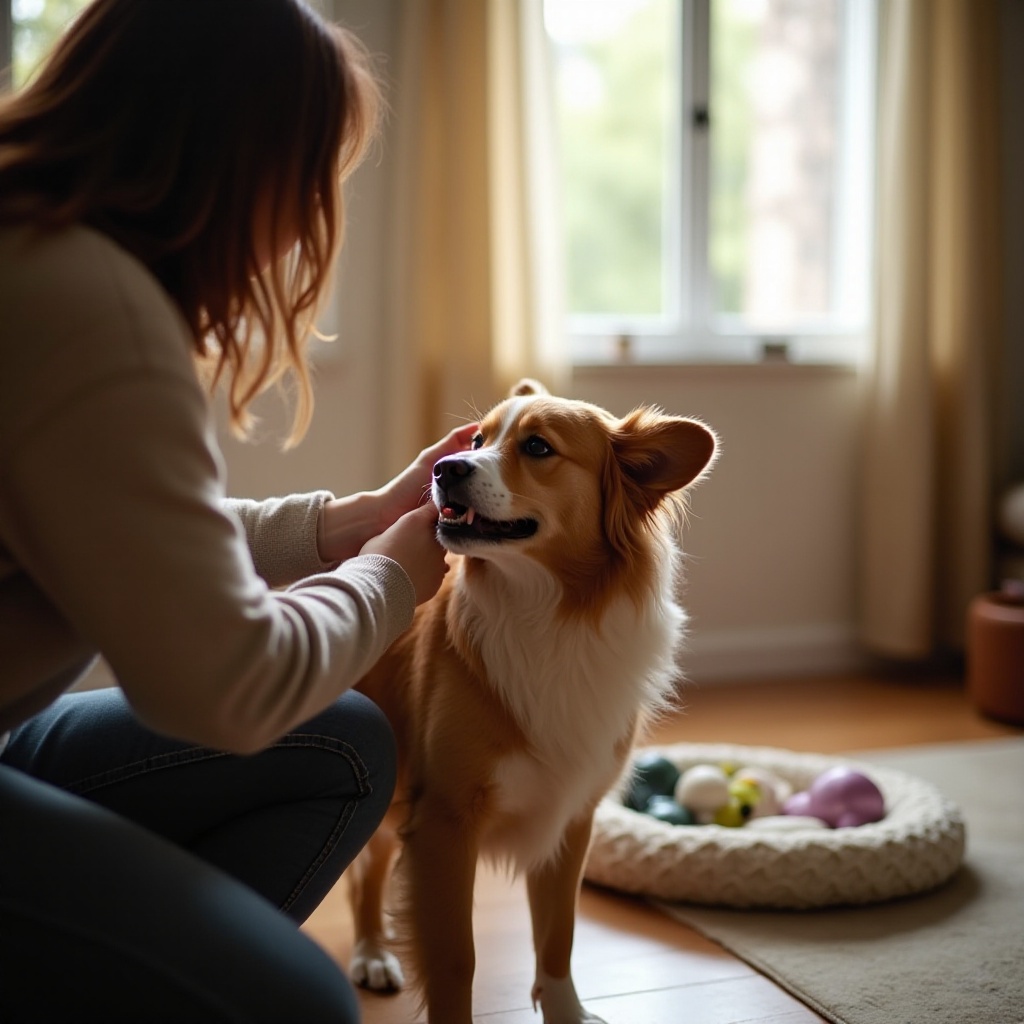Introduction
When your dog goes into heat for the first time, it can be an overwhelming experience. Understanding this natural process is crucial for your pet’s health and well-being. This article provides comprehensive guidance on recognizing the signs, dos and don’ts, managing behavioral changes, and ensuring your dog’s hygiene and safety during this period.

Understanding the Dog Heat Cycle
The heat cycle, or estrous cycle, in female dogs typically begins around six months of age, although this can vary with breed and size. This cycle is divided into four stages: proestrus, estrus, diestrus, and anestrus.
- Proestrus: This initial phase lasts about 7-10 days. You’ll notice swelling of the vulva and a bloody discharge. Your dog may start attracting males but won’t be receptive to mating.
- Estrus: This stage lasts around 5-10 days and is the period when your dog is fertile. The vulva remains swollen, but the discharge becomes lighter. This is the time when mating can occur.
- Diestrus: In this phase, the dog’s body either returns to normal if she’s not pregnant, or continues to support a pregnancy. This stage lasts about 60-90 days.
- Anestrus: This is a period of rest between heat cycles, lasting about 4-5 months.
Understanding these stages helps in providing the right care and preparing for any behavioral changes.

Recognizing the Signs of Heat
Recognizing when your dog is in heat is essential for her care and safety. Key indicators include:
- Swollen vulva: A noticeable swelling of your dog’s vulva.
- Bloody discharge: This can vary in amount but is a common sign during proestrus.
- Increased urination: Your dog might urinate more frequently to mark her scent.
- Behavioral changes: Your dog might appear more affectionate or restless.
- Attraction to males: Your dog will attract male dogs due to her pheromones.
By being aware of these signs, you can better manage the situation and ensure your dog’s comfort.
Dos and Don’ts for Dogs in Heat
When your dog is in heat, there are specific actions you should take and avoid to keep her healthy and safe.
Dos:
- Provide comfort: Keep her inside and ensure she has a comfortable space.
- Maintain hygiene: Clean her vulval area to prevent infections.
- Monitor her diet: Ensure she eats well to maintain her strength.
- Engage in light exercise: Regular walks but avoid strenuous activities.
Don’ts:
- Don’t leave her unsupervised: Male dogs can be persistent and may try to mate.
- Avoid dog parks: Presence of male dogs can lead to unwanted mating.
- Do not bathe her frequently: Over-washing can lead to dryness and irritation.
- Avoid breeding: Unless planned, prevent any mating attempts to avoid unwanted pregnancies.
These guidelines ensure your dog’s safety and comfort during her heat cycle.
Managing Behavioral Changes
Behavioral changes in dogs during heat are common and can be challenging. Here’s how to manage them:
- Affection: Your dog might seek more attention. Offer extra cuddles but also respect her need for space.
- Restlessness: Engage her with toys and activities to keep her mind occupied.
- Mood swings: Recognize that mood changes are typical. Patience and understanding are key.
- Avoid undue stress: Loud noises and changes in routine can stress your dog. Keep things calm and predictable.
Adapting to these behavior changes can make the heat period easier for both you and your dog.

Maintaining Hygiene and Cleanliness
Hygiene is vital to prevent infections and keep your dog comfortable. Practical tips include:
- Use doggy diapers: These help manage discharge and keep your home clean.
- Regularly clean the vulval area: Use mild, pet-safe wipes.
- Change bedding frequently: Ensure her resting area stays clean.
- Monitor for infections: Watch for unusual odors or excessive licking.
Prioritizing cleanliness ensures your dog’s well-being during her heat cycle.
Ensuring Safety and Supervision
Keeping your dog safe during heat is crucial, as males will be drawn to her scent. Key safety measures include:
- Supervised outdoor time: Never let her outside unsupervised.
- Secure your home: Ensure fences and gates are secure to prevent male dogs from entering.
- Leash walking: Always use a leash during walks to maintain control.
- Avoid male dogs: Schedule walks during off-peak times to avoid encounters.
These precautions help prevent unwanted mating and ensure your dog’s safety.
Using Behavior Aids
Behavior aids can be beneficial during this time. Consider:
- Calming sprays: Use pheromone sprays designed to reduce stress.
- Anxiety jackets: These can provide comfort by applying gentle pressure.
- Interactive toys: Keep her mentally engaged with puzzle toys.
- Natural supplements: Consult your vet about using calming supplements.
These aids can help manage stress and behavioral changes, making the heat period more manageable.
When to Consult the Veterinarian
While heat is a natural process, there are times when veterinary advice is essential:
– Excessive bleeding: If bleeding is heavy or lasts too long.
– Continuous lethargy: If your dog appears unusually tired or unresponsive.
– Signs of infection: Unusual discharge or foul smell.
– Behavioral disturbances: Extreme aggression or anxiety.
Consulting your vet ensures any potential health issues are promptly addressed.
Conclusion
Understanding and managing your dog’s heat cycle is vital for her health and comfort. By recognizing the signs, following dos and don’ts, maintaining hygiene and using behavioral aids, you can effectively care for your dog during this period. Always prioritize her safety and consult your vet if you notice any unusual symptoms.
Frequently Asked Questions
How long does a dog stay in heat?
A dog’s heat cycle lasts approximately 2-4 weeks, but she is generally only fertile for 5-10 days during this period.
Can my dog go for walks during heat?
Yes, but keep her on a leash and avoid dog parks or areas with many male dogs to prevent unwanted mating and ensure control.
What products can help manage my dog’s heat cycle?
Doggy diapers, calming sprays, anxiety jackets, and interactive toys are excellent products to help manage your dog’s heat cycle.
